When it comes to fashion and beauty, finding the right colors for you can feel like a game-changer. Have you ever worn something and immediately felt more radiant, confident, and put-together? That’s the magic of choosing the right colors for your seasonal palette. Let’s dive into the world of seasonal color analysis, where you’ll discover how to enhance your natural beauty with hues that harmonize with your skin tones, hair color, and eyes.
What Is Seasonal Color Analysis?
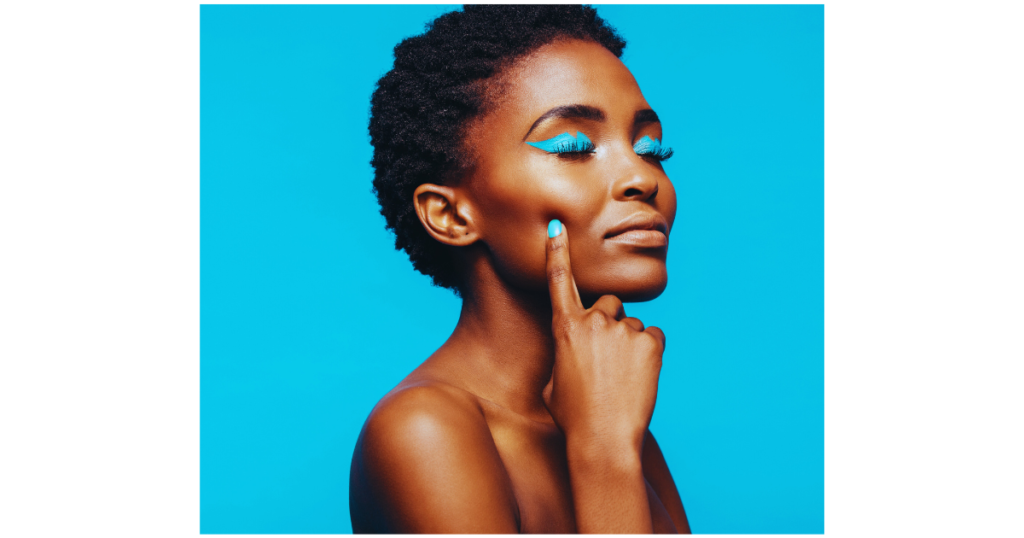
Seasonal color analysis is a transformative tool that helps you uncover the colors that make you shine. By analyzing your skin tone, undertones, and natural features, this method identifies your perfect palette from one of four categories: Spring, Summer, Autumn, or Winter. Each season offers a unique spectrum of colors designed to accentuate your natural beauty and bring balance to your look. For instance, dark colors are often recommended for Autumn to provide warmth by absorbing sunlight, while lighter hues are suggested for Summer to keep you cool.
Rooted in color theory, this process allows you to curate a wardrobe, makeup collection, and accessories that enhance rather than compete with your features. Think of it as your personal color roadmap to looking effortlessly polished and put-together.
Seasonal color analysis goes beyond trends; it’s about finding timeless combinations that work specifically for you. Whether you’re dressing for work, a special event, or everyday life, understanding your palette ensures you always look your best.
The Four Color Seasons: Which One Are You?
Spring: Fresh and Warm
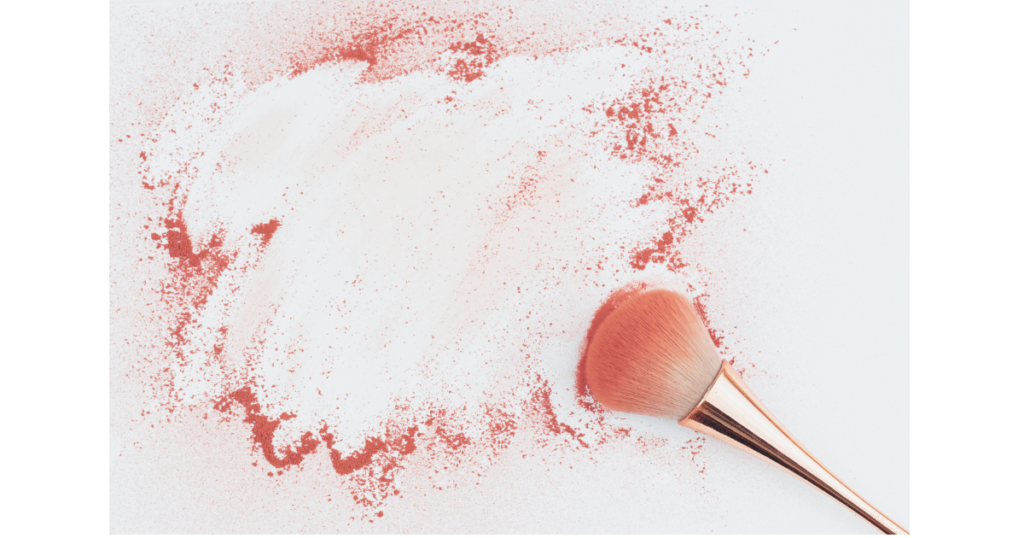
With warm undertones, light skin, and bright, golden features, Spring beauties radiate vibrancy. Individuals with light brown eyes often fall into the Spring category. Your palette includes light spring shades, bright yellow, and soft pastels that highlight your natural glow.
Best Colors: Peach, golden tones, white cream shades, and airy hues.
Style Tip: Pair pastel outfits with gold accessories for an effortless, sun-kissed look.
Summer: Cool and Muted
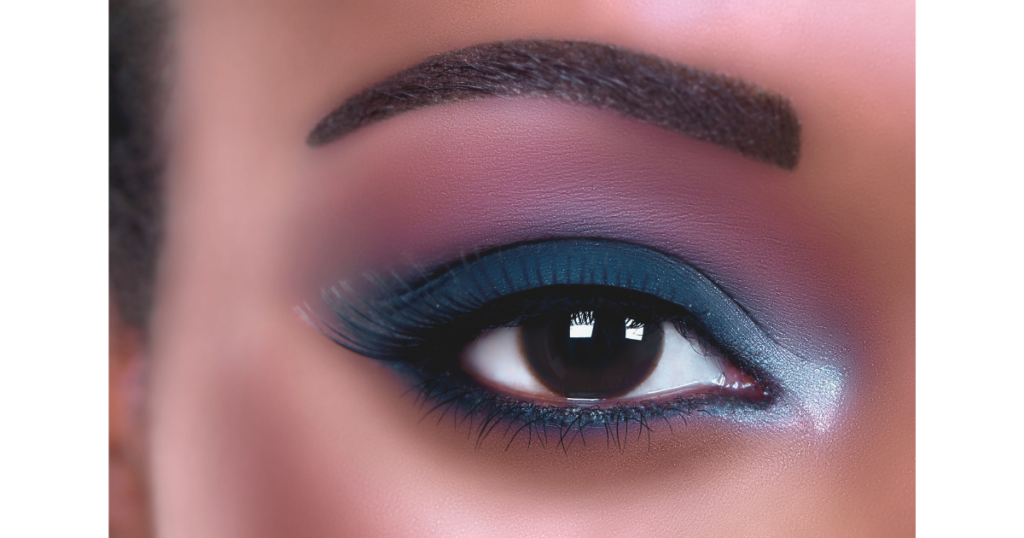
Cool undertones, fair skin, and soft, elegant features define the Summer palette. Light summer individuals, characterized by lightly colored hair, neutral skin undertones, and lighter eye colors, should embrace cool summer shades like grey blues and soft pinks for a chic, sophisticated appearance.
Best Colors: Lavender, charcoal grey, traditional Easter tones, and muted blues.
Style Tip: Incorporate lightweight fabrics like linen to complement the coolness of your palette. Adding silver jewelry can further enhance the elegance of this season’s tones.
Autumn: Earthy and Rich (Soft Autumn)
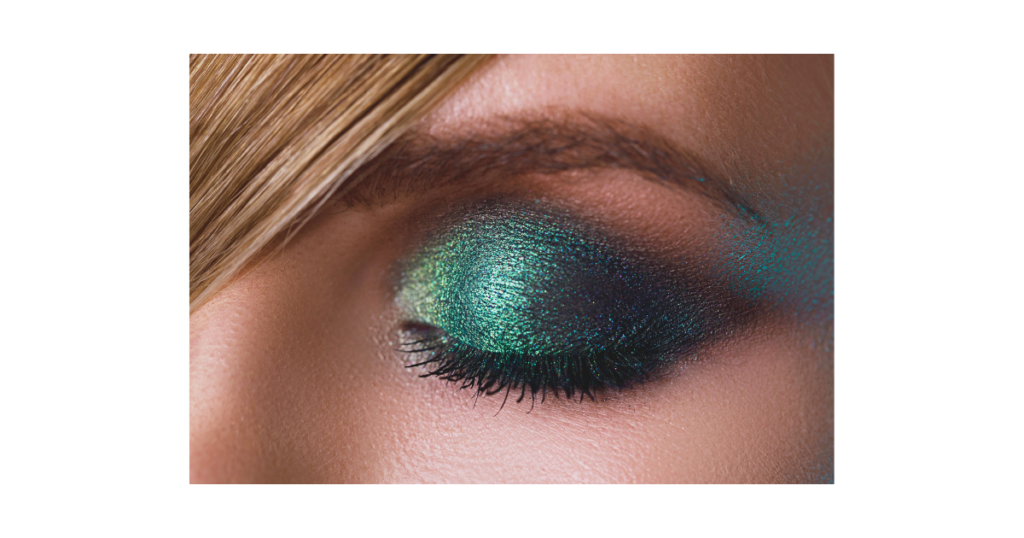
Autumn palettes thrive on warmth and richness. If you have darker hair, warm undertones, and eye colors like olive green or dark brown, you’ll glow in earthy, quintessential fall hues. Individuals with dark features and a warm undertone, known as ‘dark autumn’, exhibit a golden bronzy glow.
Best Colors: Deep greens, rust, mustard, and muted browns.
Style Tip: Add depth with textured fabrics like suede or leather in warm tones. Scarves and accessories in burnt orange or mustard can add a perfect finishing touch.
Winter: Bold and Dramatic

High-contrast features, cool undertones, and striking dark hair make Winter palettes unforgettable. Bright winter shades like hot pink, emerald green, and dark blue amplify your natural allure.
Best Colors: Jewel tones, icy whites, and bold, high-contrast shades.
Style Tip: Experiment with monochromatic outfits for maximum impact. Pair these with bold statement pieces, such as a bright scarf or earrings, to enhance your dramatic flair.
How to Identify Your Season by Skin Tone
Identifying your season is the first step to unlocking your perfect palette. Here’s how:
- Warm Undertones: Look for golden or peachy hues in your skin. You’ll shine in warm colors like yellows, corals, and reds.
- Cool Undertones: Notice pink or blue undertones? Cool tones like blues, purples, and soft pinks are your go-to.
- Neutral Undertones: A mix of both warm and cool. This versatile undertone works well with most palettes.
Pro Tip: Use natural lighting and test with gold and silver jewelry. Gold complements warm undertones, while silver highlights cool undertones.
Assess your natural hair color and eye color. Are your features soft and muted or bold and striking? This distinction often reveals whether you belong to a subtle palette like Summer or a vibrant one like Winter.
Skin, Hair, and Eye Undertones
Understanding your skin, hair, and eye undertones is crucial in determining your seasonal color palette. Here’s a breakdown of the different undertones and how they relate to each season:
- Warm Undertones: If your skin has a golden or yellowish tint, and your hair and eyes carry warm hues, you likely have warm undertones. People with warm undertones shine in warm colors like golden brown, honey, and peach. These tones are often found in Spring and Autumn palettes, where the vibrancy of light spring or the richness of soft autumn hues can enhance your natural warmth.
- Cool Undertones: Those with a pinkish or bluish tint to their skin, hair, and eyes fall into the cool undertone category. Cool undertones are best complemented by cool colors such as blue, purple, and green. This is typical of Summer and Winter palettes, where the soft elegance of soft summer or the bold contrast of cool winter shades can bring out your natural beauty.
- Neutral Undertones: If you have a balanced mix of warm and cool undertones, you have neutral undertones. This versatility allows you to pull off a wide range of colors. Neutral undertones are commonly found in transitional palettes like Soft Summer and Soft Autumn, where a blend of both warm and cool hues can create a harmonious look.
Adapting Colors to Your Season
- For Fair Skin: Lean into airy hues or soft pastels for Spring and Summer to enhance your brightness. These tones create a fresh, youthful glow that complements fair skin tones.
- For Medium to Dark Skin: Bold, rich shades from Autumn or Winter palettes will emphasize your depth and vibrancy. Jewel tones like ruby red and sapphire blue are particularly stunning on medium to dark skin tones.
- For Neutral Undertones: Experiment with both warm and cool tones to find what resonates best. Your flexibility is your strength! Neutral palettes can adapt to a variety of outfits and occasions, making them ideal for all skin tones.
Creating a Personalized Color Palette
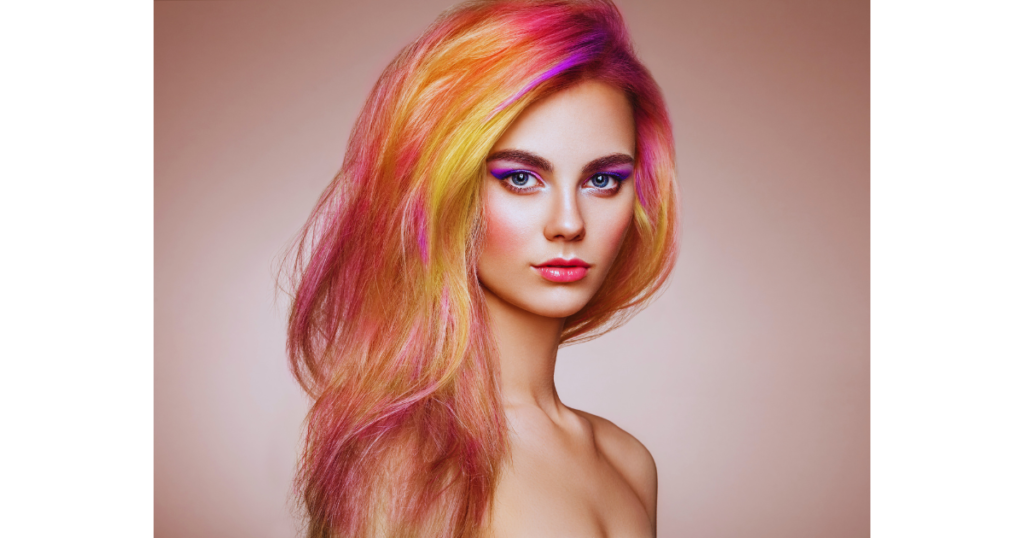
Creating a personalized color palette is a fantastic way to enhance your natural beauty and make informed fashion choices. Here’s a step-by-step guide to crafting your own color palette:
- Determine Your Season: Start by identifying your seasonal color palette based on your skin, hair, and eye undertones. This foundational step will guide your color choices.
- Identify Your Core Colors: Pinpoint the core colors that look best on you. These should include shades that complement your skin tone, hair color, and eye color. For instance, if you have dark brown hair and a warm skin tone, rich autumnal shades like deep greens and rust might be your core colors.
- Add Secondary Colors: Once you have your core colors, add secondary colors that enhance and complement them. These could be shades that add variety and depth to your wardrobe, such as bright green for a Spring palette or dark blue for a Winter palette.
- Consider Your Personal Style: Your personal style and preferences play a crucial role in selecting colors for your palette. Whether you prefer bold, dramatic looks or soft, muted tones, ensure your palette reflects your unique style.
- Test and Refine: Finally, test your color palette by incorporating these colors into your wardrobe and makeup. Refine your choices as needed to ensure they work for you, making adjustments based on what makes you feel confident and radiant.
Incorporating Seasonal Colors into Your Wardrobe
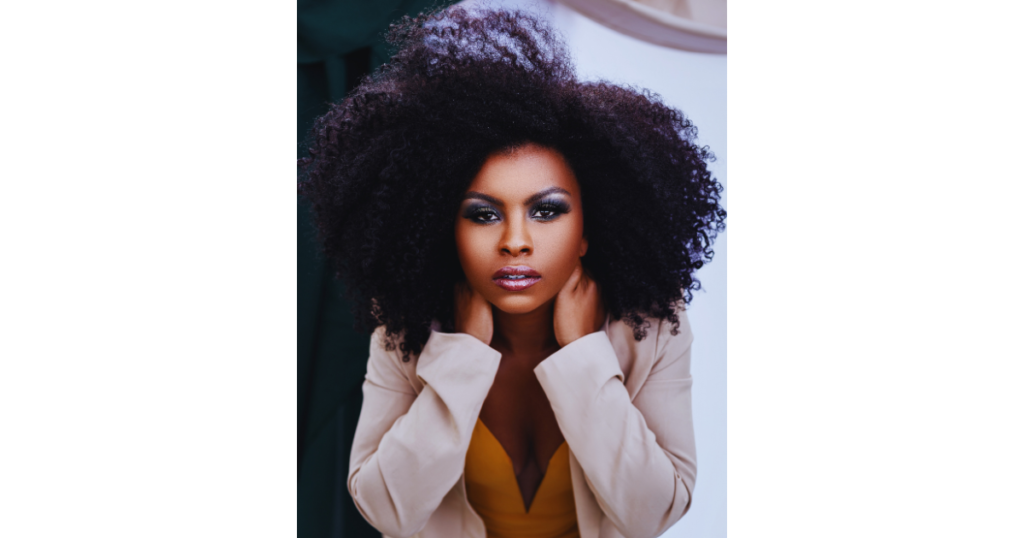
Incorporating seasonal colors into your wardrobe is a great way to stay on-trend and enhance your natural beauty. Here are some tips for seamlessly integrating these colors into your everyday style:
- Start with Basics: Begin with basic pieces such as tops, bottoms, and dresses in your seasonal colors. For example, a light spring palette might include airy hues like soft pinks and light blues, while a deep autumn palette could feature rich, earthy tones like mustard and dark brown.
- Add Accessories: Accessories are a fantastic way to add a pop of seasonal color to your outfits. Consider scarves, hats, and jewelry in your signature shades. A bright green scarf can add a fresh touch to a Spring outfit, while a dark blue hat can complement a Winter look.
- Mix and Match: Create a balanced and stylish look by mixing and matching seasonal colors with neutral tones. This approach allows you to highlight your best colors without overwhelming your outfit. For instance, pair a bright yellow top with neutral beige pants for a harmonious Spring look.
- Consider Your Skin Tone: Always consider your skin tone when selecting seasonal colors to ensure they complement your natural beauty. For example, if you have a medium brown skin tone, rich jewel tones from the Winter palette can make your complexion glow.
- Have Fun: Most importantly, have fun experimenting with different seasonal colors. Finding what works best for you is a journey, and playing with colors can lead to delightful discoveries that enhance your style and confidence.
By understanding your undertones, creating a personalized color palette, and thoughtfully incorporating seasonal colors into your wardrobe, you can unlock the power of seasonal color analysis and find the hues that make you shine.
Tips to Enhance Your Look with Bright Colors
- Hair Colors: Highlight your natural tones. Try golden highlights for warmth or charcoal grey for a cooler vibe. Balayage techniques can seamlessly blend tones for a natural look.
- Makeup Tips: Match lipstick and blush to your seasonal palette. Coral tones suit Spring, while deep reds flatter Winter. Soft, muted eyeshadow complements Summer palettes beautifully. Use bronzer sparingly for Autumn palettes to enhance warmth.
- Wardrobe Staples: Build a capsule wardrobe with neutral tones as a foundation, adding seasonal pops of color like emerald green, soft pink, or mustard. For accessories, consider scarves, belts, and shoes in your signature shades.
Common Mistakes to Avoid
- Confusing Undertones: Many mistake surface redness for cool undertones. Always test under neutral lighting to avoid errors.
- Ignoring Contrast Levels: Winters thrive on high contrast, while muted palettes are ideal for Summers. Overlooking this can result in colors that clash rather than complement.
- Overwhelming Features: Avoid overly bold or clashing colors that detract from your natural beauty. Stick to your palette to maintain harmony.
FAQ
Q: Can I be a mix of two seasons?
Absolutely! Transitional palettes like Soft Autumn or Deep Winter blend features from two seasons for a unique spectrum of shades.
Q: What if my features change over time?
Your palette can evolve as your natural hair color, skin tone, or lifestyle changes. It’s a dynamic process that adapts to you.
Q: Are bright colors always better?
Not always. Muted tones often work better for Soft Summer or Autumn palettes, creating a harmonious and polished look. Bright colors shine in Spring and Winter palettes but may overpower more subtle features.
Additional Resources
- Learn about seasonal color theory.
- Explore the Color Wheel to find complementary shades.
- Browse makeup guides by season for inspiration.
- Plan your wardrobe with Stitch Fix tailored to your color palette.
- Deepen your understanding of color harmony.
Bringing It All Together
Finding your seasonal palette is about celebrating your unique features. Whether you’re a glowing Spring or a bold Winter, understanding your color season helps you feel confident and radiant every day. Ready to explore your perfect hues? Start with these helpful links:
- Color Theory and Seasonal Analysis.
- Color Wheel Tool.
- Makeup Inspiration by Season.
- Wardrobe Essentials Tailored to You.
- Color Harmony Basics.




